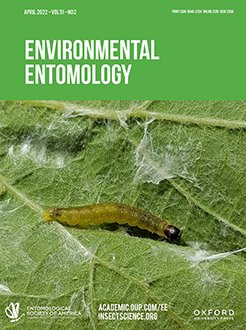There is conflicting research regarding how conspecific plant density can affect pollinator visitation, with some studies indicating dense flower patches will receive more visitors and other studies demonstrating the opposite. This study investigated the effects of conspecific density on pollinator visitation in a restored prairie. Three plant species, Penstemon digitalis (Nutt. ex Sims) (Lamiales: Plantaginaceae), Monarda fistulosa (L.) (Lamiales: Lamiaceae), and Eryngium yuccifolium (Michx.) (Apiales: Apiaceae), were observed, with visiting pollinators recorded. Conspecific density did not have an effect on total pollinator visitation rates for any of the focal plant species. However, different groups of pollinators varied in their responses to flower density, notably with larger Bombus spp. tending to visit dense flowering patches more than did other groups of bees. This suggests that plant density may impact certain pollinators differently than others. These results also indicate a possible mechanism through which multiple pollinator species can coexist while only one flowering resource is available, with the foraging behavior of smaller bees potentially allowing them to avoid competition with larger, social bees. Furthermore, a comparison of seed weight demonstrated that E. yuccifolium plants tended to have larger seed sets in isolated individuals, suggesting that flowers in large patches may be pollinated less effectively and are competing for, rather than facilitating, pollinator visits.
How to translate text using browser tools
13 December 2021
The Effects of Flower Patch Density on Pollinator Visitation
Tristan A. Barley,
Michael G. Martinez Algarin,
Jonathan T. Bauer
ACCESS THE FULL ARTICLE
It is not available for individual sale.
This article is only available to subscribers.
It is not available for individual sale.
It is not available for individual sale.

Environmental Entomology
Vol. 51 • No. 2
April 2022
Vol. 51 • No. 2
April 2022
plant–pollinator interaction
pollinators
restored prairie





